Blog Posts Tagged User Perspectives
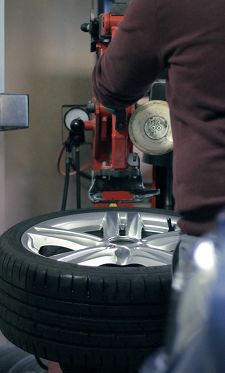
Air Pressure Sensor Performance Relies on a Solid Design
Ever wonder how your car can tell when there’s low pressure in a tire? Sensors are placed at the bottom of each tire hub and measure air pressure automatically while the car is in motion.
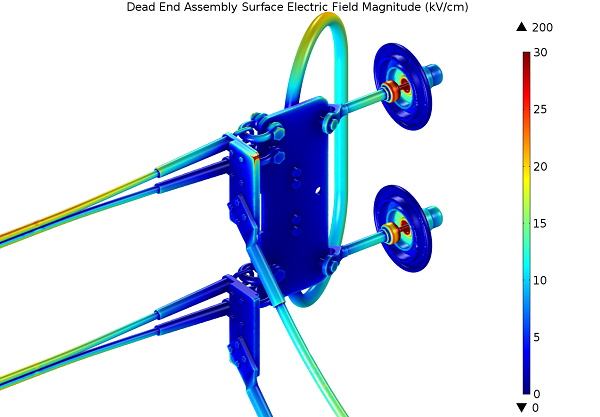
POWER Prevents Corona Discharge in Power Lines
POWER Engineers, a global engineering consulting firm, used multiphysics simulation to study if and where corona discharge occurs in power lines and their associated assemblies.
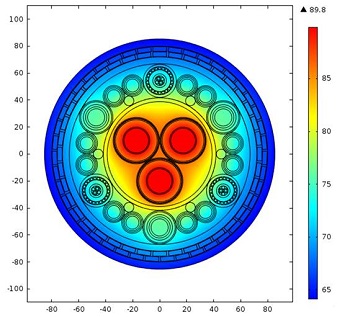
Cable Simulations Spark New Developments at Prysmian Group
The Prysmian Group, a leader in cable systems for many different industries, are using simulation to improve their development process, save resources, and optimize their cable designs.

Powerful Packaging for Electronics in Extreme Environments
U.S.-based Arkansas Power Electronics International is designing power packaging for improved thermal management in power electronics devices, increased efficiency, and lower costs.
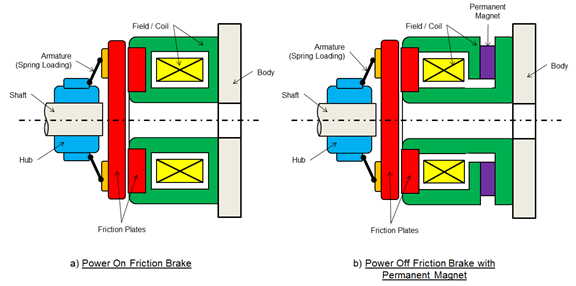
The Electromechanical Response of a Brake Design
A guest blogger from Continuum Blue demonstrates what the consultancy can do for clients in the electromechanical brake field by modeling the electromechanical response of a brake design.
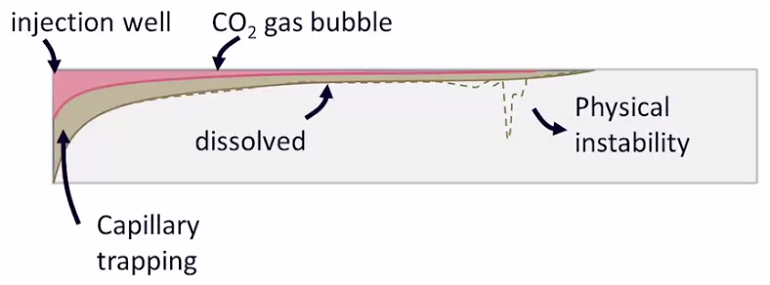
AMPHOS 21 on Simulating Carbon Sequestration
Carbon dioxide sequestration is a proposed solution to releasing carbon dioxide into the atmosphere that involves storing the CO2 in geological formations. AMPHOS 21 models this process.
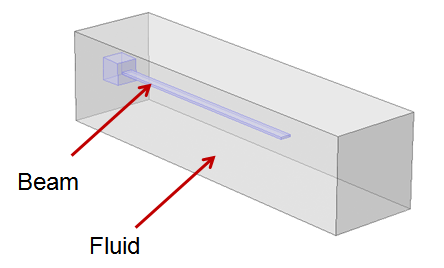
Natural Frequencies of Immersed Beams
A guest blogger from Veryst Engineering demonstrates the modeling of a cantilever beam immersed in a fluid to study its natural frequencies. Read it here >>
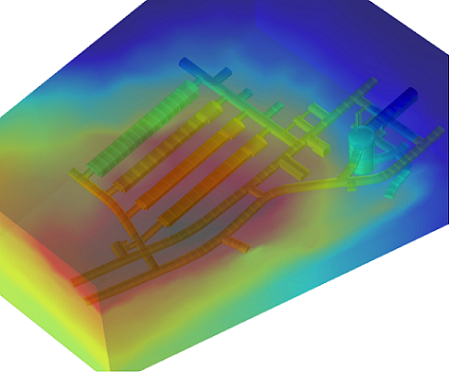
Amphos 21: Modeling Coupled Thermo-Hydro-Mechanical-Chemical Phenomena
A guest blogger from Amphos 21, a COMSOL Certified Consultant, discusses the company’s iCP technology for modeling coupled thermo-hydro-mechanical-chemical phenomena.
